Student Loans to Study Abroad: A Guide
- Categories All Study in Abroad Blogs, Studying Abroad
- Date May 29, 2024
The decision to study abroad could be the most rewarding and yet challenging experience. Apart from adjusting to the new location, it can also heavily impact your financial health. Needless to say, the funding required to study abroad and later sustain a decent lifestyle during the course could cost a fortune. From tuition fees to visa expenses to accommodation rent and food. There is an expense at every step and corner. In effect, it is crucial to understand and manage your finances in all the ways you can. Often, students can opt for loans, grants and scholarships to lessen their financial burdens. With effective and efficient financial support, they can indulge in the experience and benefit from the world-class facilities, innovative learning and other experiences their academic life offers.
In this blog, we will understand the application process, eligibility and documents required for a student loan.
Benefits of a Student Loan
Loans are often seen as bad debt as you are borrowing money to return with an interest later. Notably, it is a debt if the borrowed money is utilised into something whose value will diminish over time. For instance, cars, cameras, etc. However, when turned into an education that would pay off for itself, it could be the investment you need. On the other hand, student education abroad could demand lakhs and even crores of money to begin with. More often than not, a family’s income and resources are not enough to meet the ends. Consequently, the money market has evolved with a way to remedy that situation. Students or their parent(s) can take student load (NBFC) from banks and other financial organisations. Further, students can return the money in small instalments only after their graduation.
Loan Coverage
The education loan can be put to use to pay off tuition fees, get medical insurance, fund the visa process or later manage the cost of living. It helps the students concentrate on their studies by neither having to worry about the financial conditions back home nor feeling burdened with the pressure of taking up a part-time job. It covers several expenses faced by the student while pursuing their education in a foreign country. The common places where they are bound to spend are tuition fees, English tests and other entrance fees, health insurance, travel expenses, accommodation rent, phone, electricity and other utility bills, purchasing books, uniforms and stationeries and so on. An education load, varying in amount, could cover all these expenses.
Eligibility
As a matter of fact, students need to meet certain criteria to be eligible for any amount of load. Only those who are 18 or above and are citizens of India can apply for student loans in Indian banks. Further, students also need to list a co-applicant who should also fall under the same category. In addition to that, there must also be a relationship between them and the co-applicant. As the lender favours job-oriented courses, seeking a loan for a vocational or certificate course may be challenging. The process can only be done after getting accepted by the university as the Letter of acceptance is one of the important documents to submit during the process. Notably, the bank could initiate more requirements and restrictions based on academic records, location and more. As long as the student checks all the boxes, they are eligible for a student loan.
Top Loan Providers and their Interest Rates
HDFC, one of the largest private banks in India, offers up to INR 20 lakh with an interest of 9.5% pa to Indian students aspiring to study abroad. One of their most enticing features is the non-mandate of university admission. However, ICICI Bank offers up to INR 1 crore with the same interest rate. Without collaterals, students can secure a loan of up to INR 20 lakh for UG courses and INR 40 lakh for PG courses.
On the other hand, Punjab National Bank has introduced a PNB Udaan scheme under which the bank offers load with interest rates depending on the universities. SBI offers student load at interest rates as low as 2% but their maximum amount is INR 30 lakh. Whereas, the amount offered by Axis Bank is even lower to INR 20 Lakh. To clarify, it would be wise to research the current load amount and interest rate established by the banks. Alternatively, students can consult with a study abroad education consultant.
Read: Why do you need a Study Abroad Education Consultant?
Documents Required
After completing the application form with passport-sized coloured photographs, students would need to submit a series of documents to avail of a student load. Some of the main and most commonly asked documents are residence proof, academic records, proof of admission, proof of income (co-applicant) and collaterals. If they have secured any scholarships, they need to submit the document to certify that too. Their academic documents must include a 12th marksheet, graduation marksheet (if applying for a load to pursue a PG course) and entrance test results. Typically, an English test is mandatory. Students can choose between IELTS, PTE-A, TOEFL or Duolingo as per their and university’s needs. Furthermore, if they plan to pursue a postgraduate or doctoral course, they might also need to take the GRE. Apart from these, the process also requires technical and legal documents for the collateral.
Submitting a Collateral
To avail of a loan, banks need their customers to pledge something against it. It is called a collateral. It could be anything with a finite physical value. FDs, Insurance papers, Flats, houses or bungalows or commercial properties. Consequently, more paperwork. To submit collateral, students and their co-applicant need to submit the deed to the property or 7/12 extracts in case of land, the registered sale agreement along with the society share certificate and the Original registration receipt for the above agreement. Further, they also need to solidify this with the allotment letter by the municipal corporation/authorised govt, a previous chain of sale deed establishing a title, the latest maintenance bill along with receipts issued by the builder/society and the Latest property tax bill along with receipts. The NOC for a mortgage from society/builder, approved building plan or the certificates of encumbrance may also be required.
How to Apply?
The process of securing a loan involves 3 steps – application, approval and disbursement. After reviewing and comparing the above elements, students can apply for a load direction at the bank. The process could consume time. Ideally, students should start applying before 6-12 months of their departure. To speed up the process, they can get an education consultant on board.
To get more details, connect with Studywise International for a 079 6000 6000 or 9624 000 201 today!
You may also like

Ireland Intake 2024-25: Universities & Preparation Timeline

TOEFL Scoring System and Validity


